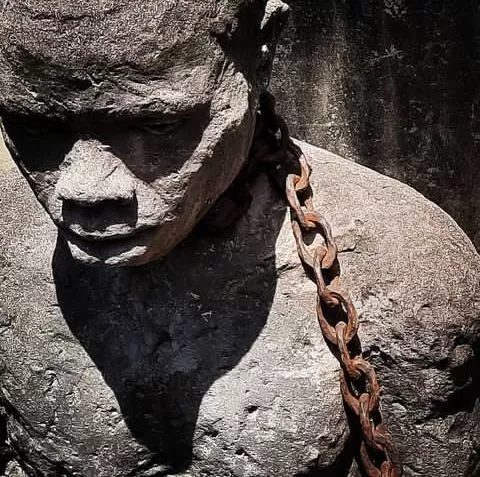Among the various tourist sites, an attractive destination in the northern part of the country that also play a key role in the Trans-Atlantic Slave Trade between the 17th century is the Saapkuli Slave Market tourist site in Ghana.
Though not a popular destination yet it used to be one of the biggest slave markets in the 17th century in the slave trade era. Situated in the Savelugu Municipality in the Northern Region, the spot once served as a commercial crossroads connecting the north and south, where the traffic in kola nuts and slaves was brisk.
There is an ancient Boabab tree that previously stood in the greatest slave market in Dagbon is a notable reminder of the slave trade. Many believe that the region has to be turned into a tourist destination in order to preserve its history for present and future generations and to provide money for development.
The majority of historians concur that during the 15th and 19th centuries, at least 12 million slaves were forcibly transported out of Africa, with a 15% fatality rate on board ships. More slaves than those who perished on the Middle Passage itself most likely perished during the slave raids in Africa.
An estimated 10 million people perished throughout the four centuries of the Atlantic slave trade, 6 million of whom were slaughtered by fellow black people during African tribal conflicts and raiding expeditions that sought to seize slaves.
Many of the tourist attractions in the northern part of Ghana have been kept up to commemorate this horrible past. As seen by our numerous forts and castles, those closer to the shore preserve the history of outsiders, while a few nearby coastal sites served as crossing places for slave raids from the north to the markets and shipping hubs on the coast.
Thank you for reading this article.
Other tourist sites in Ghana
Assin Manso Slave Market: A Reconnection For All African Americans
How The Elmina Castle Failed Its Purpose
Cape Coast Castle: History And Getting There
The Hidden Truth Of Fort Good Hope In Senya Beraku

